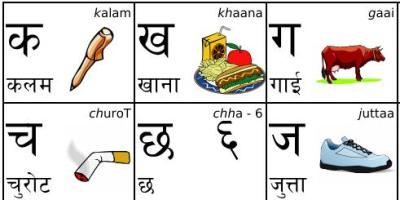

Dental consonants are pronounced with the tip of the tongue touching the back of the upper front teeth.Įxamples of dental consontants in English include the “th” in “the”, and the “th” in “thin”.

As an example, try pronouncing the “t” in “tip”, yet curl your There are no retroflex consonants in English. Retroflex consonants are pronounced with the tongue curled slightly backward and touching the front portion of the hard palate.Palatal consonants are pronounced with the tongue touching the hard palate.Įxamples of palatal consonants in English include “ch” as in “change” and “j” as in “job”.Examples of velar consontants in English include “k” as in “keep”, and “g” Velar consonants are pronounced with the back of the tongue touching.Place of ArticulationĬonsonants can be classified according to the place within the mouth that they are articulated.

In order to appreciate the significance of the ordering of letters in Devanagari, some background Note that this article will discuss the Devanagari Script as it is adapted for the Hindi language. I also find Devanagari to be a very beautiful script.

In this paper, we have explored patterns that exist between different consonant sounds belonging to different rows and columns of this table. A part of this table is a 5 x 5 matrix and comprises of stop consonants, where different rows corresponding to velar, palatal, retro-flex, dental and labial consonants. The Devanagari alphabet, which is used by several Indian languages including Sanskrit and Hindi, has vowels and consonants are placed in tabular format, which are arranged according to how they originate.


 0 kommentar(er)
0 kommentar(er)
